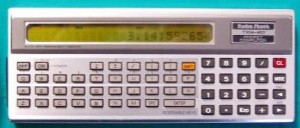April 20, 2009: Oracle Purchases Sun Microsystems
Subscribe! Spotify | RSS | More
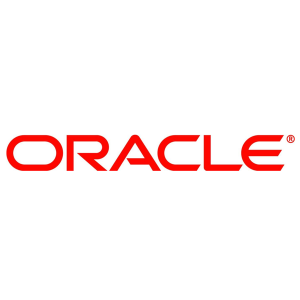
2009 – Oracle announces they have purchased Sun Microsystems in a $7.4 billion dollar deal. This includes stock at $9.50 / share. That would also be the acquisition of SPARC processors, Solaris OS, Java and MySQL, among other items. The deal would be finalized on January 27th 2010.
Subscribe to Day In Tech History:
RSS Feed - iTunes - Android - Spotify - iHeartRadio
Facebook -
- RSS Bandwidth by Cachefly Get a 14 Day Trial
- Join me on Patreon and support Day in Tech History
- Compaq and Sears-Roebuck offer Presario line of personal computers
- Bill Gates and Paul Allen write the letter to MITS on breach of contract
- IBM opens it’s first PC store in New York City
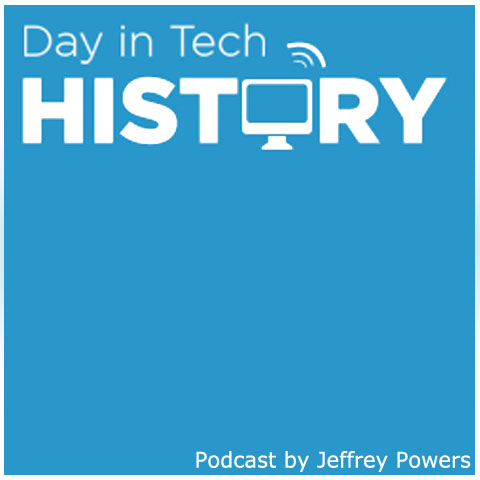
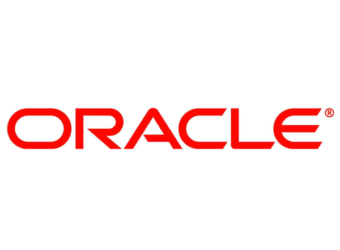




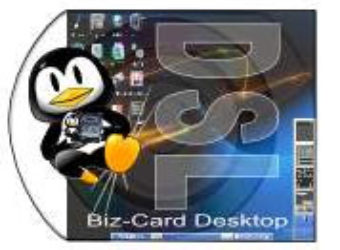
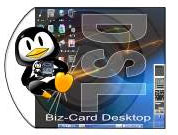




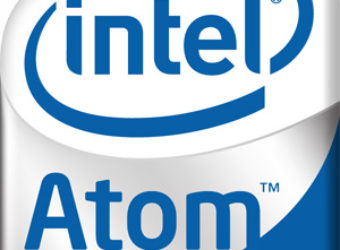
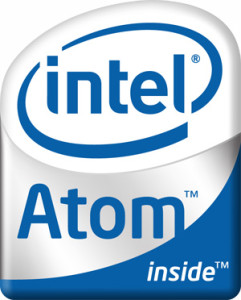
![Worldcom[1] Worldcom[1]](https://dayintechhistory.com/wp-content/uploads/2012/10/Worldcom1-340x250.jpg)

![trs-80[1] TRS-80 pocket](https://dayintechhistory.com/wp-content/uploads/2013/07/trs-801-340x250.jpg)
